Drive Scout Blog
7 Tips To Help Manage Your Driving School’s Gas Expenses
By: Steve Jones | Posted in: Finances, News, Operations

June 1, 2022
There are many circumstances where hitting an all-time high is a good thing.
We’re not as thrilled when gas prices do it. The national average was $4.60 last month.
That’s up from $3.04 the previous year, according to AAA. But you don’t need AAA to tell you the jump in gas prices is a big hit to driving school gas expenses.
With driving school owners paying more at the pump, this article shares seven tactics to help cut your fuel costs.
1. Utilize Fuel Rewards or Credit Cards Points Programs
Now is a great time to sign up for fuel rewards programs. When you pay to fill up your tank, you’ll know you’re racking up points or scoring gas.
Most major gas brands have rewards programs, from BP to Exxon to Shell. Since they’re free, there’s no real
downside.
You could even join more than one. But if you’re trying to find the best one, compare programs considering where you tend to buy gas, how they reward you, and how benefits accumulate.
Several regional grocery stores also offer fuel rewards programs too. You can also typically pay less for gas at big box stores like Costco and Sam’s Club, but you’ll need a membership to fill up there.
You can also save at the pump with Gas Credit Card programs. WalletHub suggests the best savings rates are 3 to 5% with 0% annual fees. Check out their review of many great options.
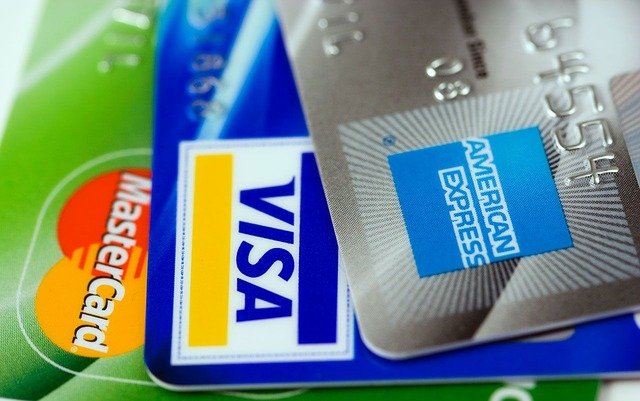
2. Review Car Maintenance & Driving Tips
Keeping up with car maintenance can also help cut your driving school gas expenses. You always want to take your car to a repair shop as soon as the “Check Engine” light comes on.
That’s just good driving sense. But, that pesky light can indicate a problem causing excessive emissions and likely reducing your fuel economy.
Make sure tires are properly inflated as well. Tires low on air are more difficult to handle and brake, wear more rapidly and can overheat and blowout.
At the same time, under-inflation reduces fuel economy. The Department of Energy states “at 40 miles per hour, fuel economy with all four tires at 50% of their recommended pressure is about 10% lower but at 80 miles per hour it is only about 5% lower.”
It’s also better for your fuel consumption if you can avoid prolonged idling. If your car will be stopped for more than 60 seconds, shut off the engine to save fuel. Many newer cars have automatic engine stop-start systems that do this.
Replacing your air filter can also make a difference. By simply replacing the air filter on a car, it’s possible to get at least 10% better gas mileage. That’s as good as saving 15 cents a gallon every time you fill up, all while helping to keep your engine in optimal condition.
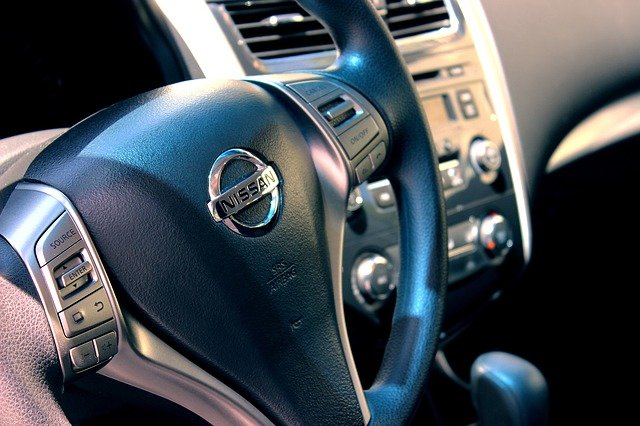
3. Reduce Travel Time Between Lessons
Do you pick up your students from home for their driving lessons? Does your office staff do mental gymnastics to ensure your instructors are not driving too far between driving lessons when scheduling students?
We recommend putting together a list of zip codes you service or creating service areas based on a mileage radius. This approach helps reduce travel time between lessons and saves you gas expenses.
With Drive Scout, you can create zones within your system settings and make it impossible for instructors to drive too far between lessons.
We’ve seen travel time related costs go down dramatically for customers utilizing our zoning feature.
A few customers have even moved from an hour between driving lessons to only 20 minutes. Also, a service area-based approach reduces office scheduling errors.
The service area example below from Drive Scout shows how scheduling instructors in specific areas on certain days can help reduce driving school gas expenses.
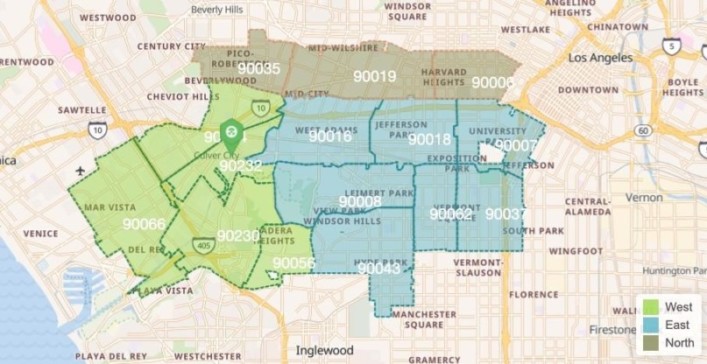
4. Reduce Mileage Driven During Each Lesson
How many miles are your instructors driving during each lesson? Limit lessons to 25 miles or less, especially for first time and inexperienced student drivers.
Often when an instructor is driving 25 miles or more, they will be spending too much time on the highway or similar roads. This cuts into their ability to focus on teaching specific techniques tailored to their students.
Also, we’ve seen driving schools utilize technology like Verizon Connect to help with tracking their vehicles.
5. Add Surcharges for Credit Cards
Surcharges or processing fees could also help you better manage your driving school gas expenses. With Drive Scout, we have a surcharge setting that you can easily turn on or off at your convenience seen below.
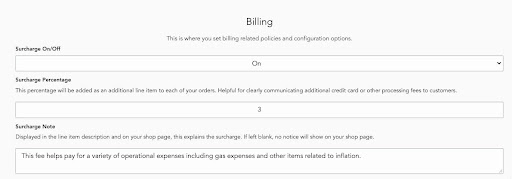
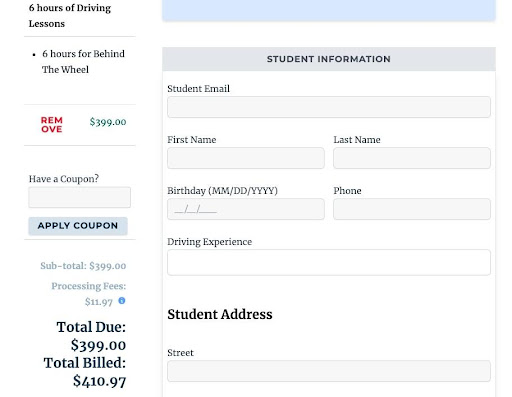
Most driving schools that utilize surcharges set the percentage to 2 – 3% for all credit card transactions.
6. Increase Prices
Should you raise prices? Absolutely! The expenses to run most businesses have increased.
Everyone is aware of it, so now can be a good time to increase your rates. Deciding how much to raise prices depends on your current demand and local competition.
We’ve seen clients increase their prices by 10-15%. If you’re already selling out of most of your services, don’t be scared to go even higher. Ultimately, you’ll best know the correct price increase amount for your driving school.
When making a price increase, communicate it with your customers via email or phone call. Explain what has prompted the change. The more transparent you are, the better. Be sure to give customers plenty of advance notice too.
Note: Your new increased pricing can give you more room to offer coupons or promotions during slower times of the year to keep your instructors busy.
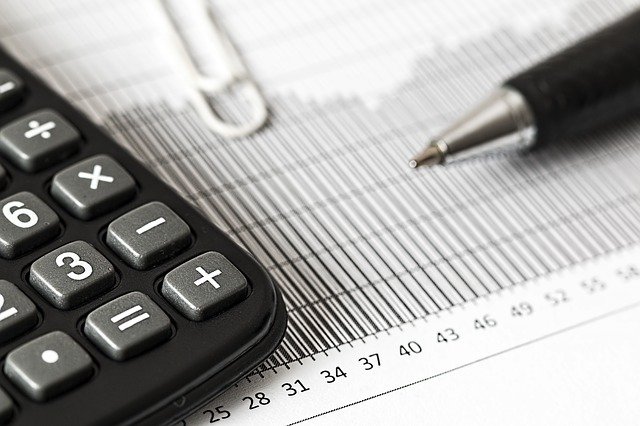
7. Find Cheap Gas via Apps or Websites
Gas prices can vary significantly within a few miles or even blocks. Take advantage of technology designed to help you find the cheapest gas near you.
Apps and websites like GasBuddy, Google Maps, and AAA can make it easier for you to find cheaper gas prices in your area or on the road.
Note: An app like GasBuddy offers incentives to users to crowd source the price they’re
paying for gas. So, you could even lower your expenses and gain a chance to win a gas
card!
Final Thoughts – 7 Tips To Help Manage Your Driving School’s Gas Expenses
Gas prices aren’t likely to drop dramatically any time soon.
We hope these seven tips help you better manage driving school gas expenses. To summarize, here’s a quick overview of what we learned!
1. Utilize Fuel Rewards or Credit Cards Points Programs
2. Review Car Maintenance & Driving Tips
3. Reduce Travel Time Between Lessons
4. Reduce Mileage Driven During Each Lesson
5. Add Surcharges for Credit Cards
6. Increase Prices
7. Find Cheap Gas via Apps or Websites




